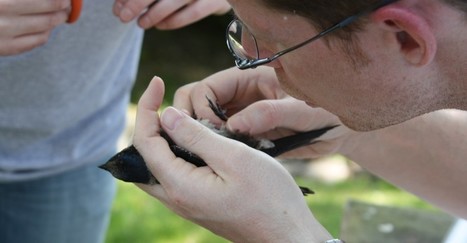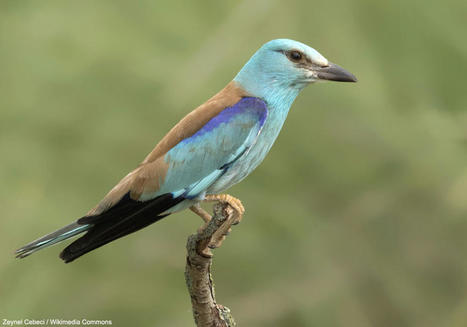Area of Habitat (AOH) is “the habitat available to a species, that is, habitat within its range”. It complements a geographic range map for a species by showing potential occupancy and reducing commission errors. AOH maps are produced by subtracting areas considered unsuitable for the species from their range map, using information on each species’ associations with habitat and elevation.
Research and publish the best content.
Get Started for FREE
Sign up with Facebook Sign up with X
I don't have a Facebook or a X account
Already have an account: Login
Revue de presse et du net par le Pôle de partage des connaissances S&T de l'Office français de la biodiversité
Curated by
DocBiodiv
 Your new post is loading... Your new post is loading...
 Your new post is loading... Your new post is loading...
|
|















Lumbierres, M., Dahal, P.R., Soria, C.D. et al. Area of Habitat maps for the world’s terrestrial birds and mammals. Sci Data 9, 749 (2022). https://doi.org/10.1038/s41597-022-01838-w
via @lumbierres